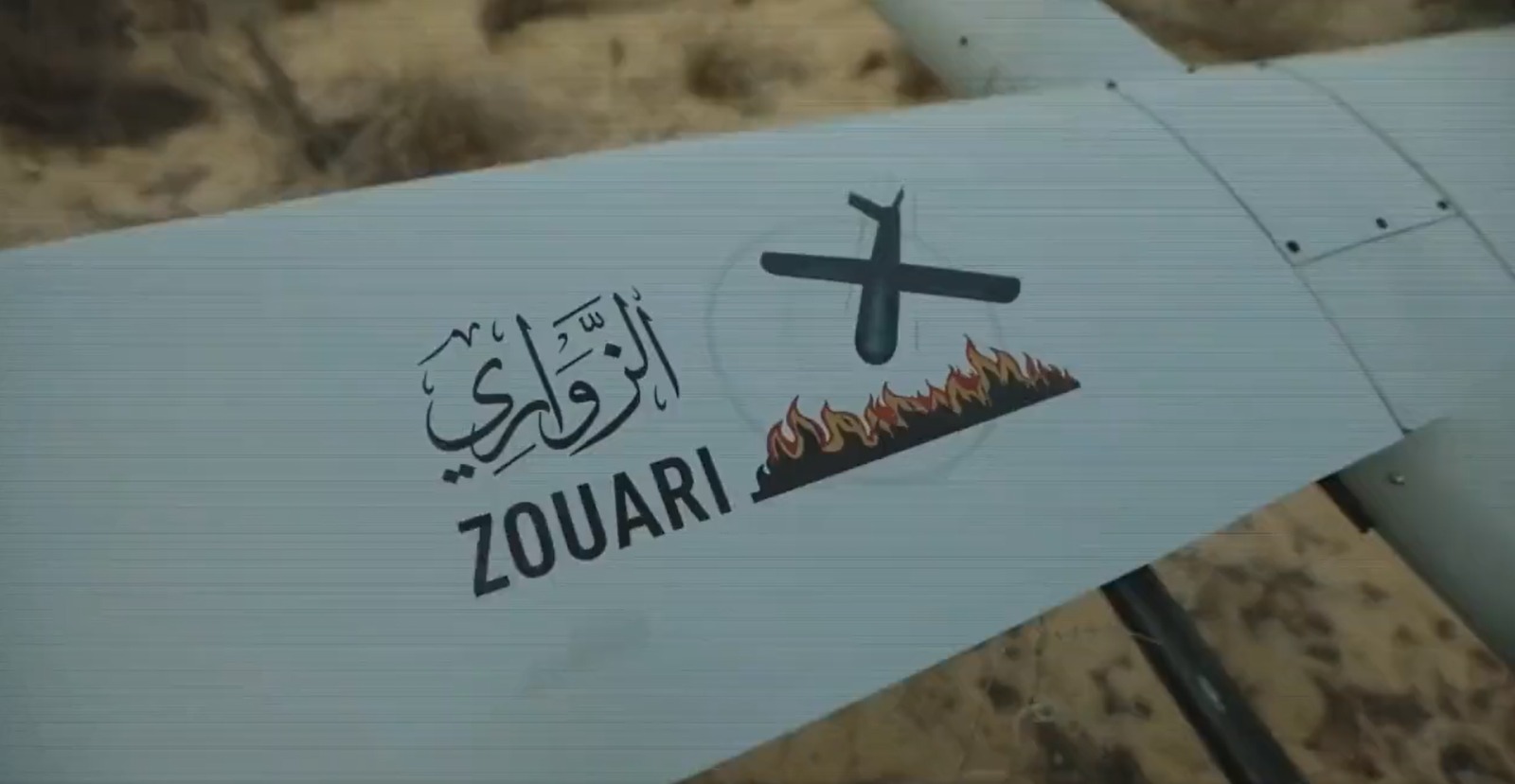Hamas has released a video of its Zouari loitering munition tested by its Al Qassam Brigades, striking practice target areas. It claims the kamikaze drones were used in the October 7 incursion into Israel, where aerial attacks on Israeli Defense Forces (IDF) military bases from UAVs were one of the means.
The war has entered its fifth day, and Israel continues its indiscriminate bombing of the Gaza Strip in retaliation to the strikes. The emergence of the video, therefore, comes at a time when eyes are on both Hamas and Israel’s next move as the impact of their primary range of actions and reactions is running its course.
Hamas claims to avenge Israel for the year-long attacks on Palestinian citizens and expanding West Bank settlements. At the same time, Tel Aviv has resorted to its usual and go-to tactics of air raids.
Observers anticipate a subsequent phase two in the war, as neither side has attained its political, strategic, and military goals. Assuming the war drags on, Hamas can be expected to use the drones again at a much broader scale, and the video serves as a hint of its future usage for many military observers.
Video Shows Drone Obliterating ‘Targets’
The video showed ten men carrying the drones and placing them on rail-type launchers. The drones are released with a gas-catapult launch system and begin hitting land targets.
The target zones have cutouts and mannequins to replicate people. The drones explode with terrible impact, sending shrapnel flying around and landing on the ground, indicating the UAVs also have a sizeable anti-personnel orientation.
The drones are tubular-shaped, with an external camera that looks like a go-pro device, hoisted on a mount just above the nose. Embedding a standard electro-optical system in a cheap and largely non-professionally made drone like this will require more incredible industrial infrastructure and access to advanced machines, which Hamas does not.
Palestine. Al-Qassam Brigades released a video of the "Zouari" kamikaze drones used to target israeli occupation military bases. pic.twitter.com/fe6IeaB8PP
— tim anderson (@timand2037) October 8, 2023
Thus, the camera could either be a targeting reticule fused with the drone’s guidance system or send back footage from the flight to the drone operator on the ground. However, whether the Zouaris are remotely controlled, fully or semi-autonomous is unclear.
The strait-wings and the v-tail vertical stabilizer configuration suggest the drone must have been designed with essential aeronautic control and performance in mind. The wings are high-mounted and on a ‘hump.’
It is unlikely that the UAV has advanced features that can abort an attack or bring it back to the operator. But these are speculations at best, as more details might emerge in publicity videos from Hamas and other footage from the war.
Fully Indigenous Hamas Product?
However, the drone’s essential body and airframe suggest decent craftsmanship, as Hamas will naturally have improved upon the processes in its underground factories over time. As for whether it developed the drones on its own is unlikely since Iran and Hezbollah have long reduced lending technical support and guidance to the group.
The last stage, which involves manufacturing, could have certainly not taken place outside Gaza, given Israel’s total physical control of the land and the sea surrounding the strip. Moreover, prolonged weapons technological cooperation with Iran and Hezbollah would have risked being detected by Israeli intelligence.
Meanwhile, various social media posts attributed a statement to Hamas declaring the use of 35 Zouari drones in its Operational Al-Aqsa Flood. But this fact could not be verified.

Named After Tunisian Engineer
Interestingly, the drone has been named in honor of the Tunisian engineer Muhammad Zouari, who worked with Hamas on their drone program and was killed by Israeli intelligence services in 2016.
According to Al Majalla, after spending time in Bosnia and Sudan, where he served and interacted with various Islamic movements, the “accomplished” mechanical engineer moved to Gaza in the mid-2000s.
“Zouari was recruited in 2006 by the Al-Qassam Brigades due to his remarkable proficiency in mechanical engineering, computer science, and military technology – skills he honed during his time in Sudan,” the column said.
- The author can be reached at satamp@gmail.com
- Follow EurAsian Times on Google News




